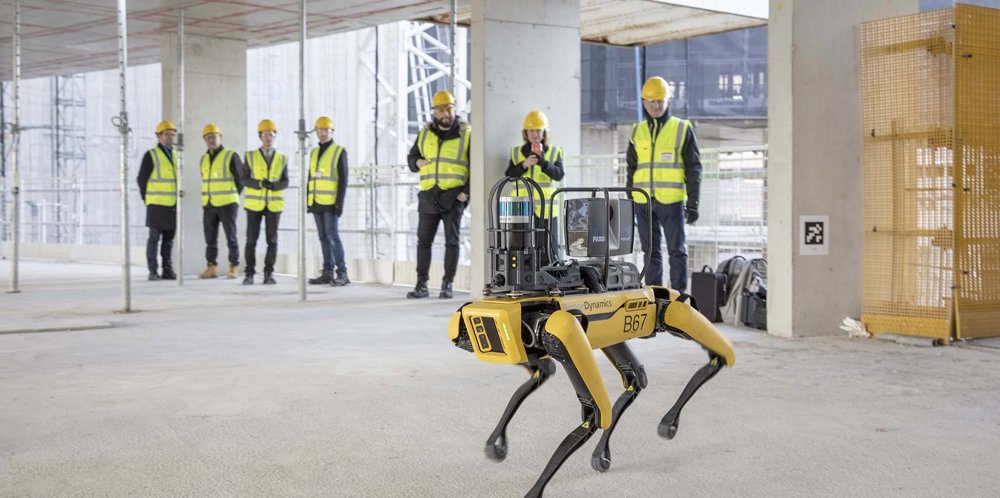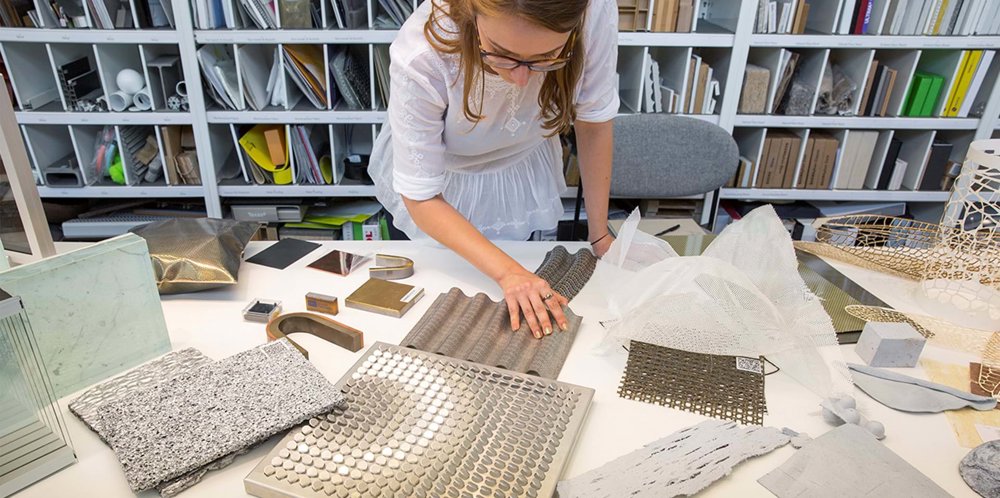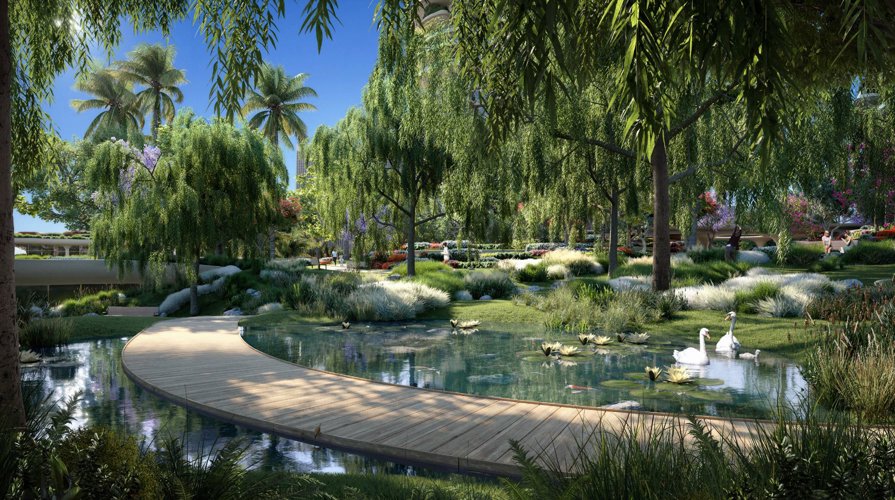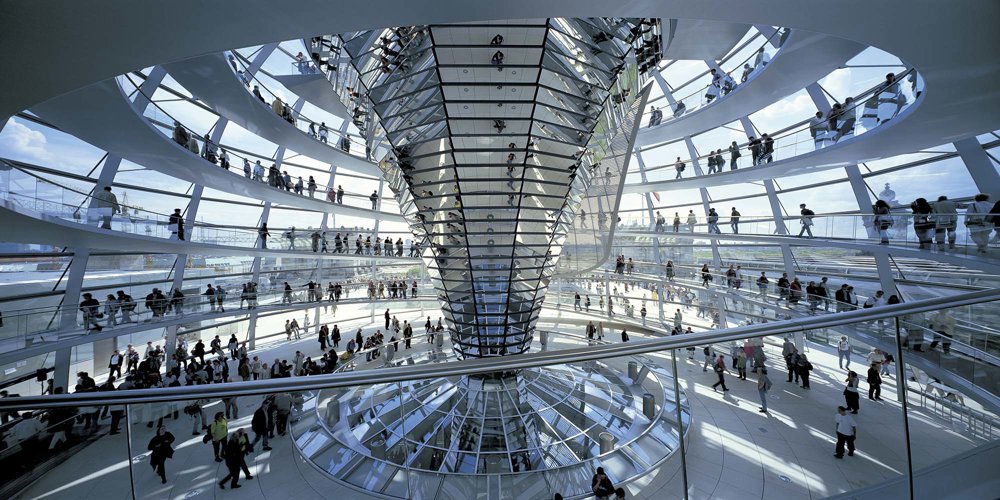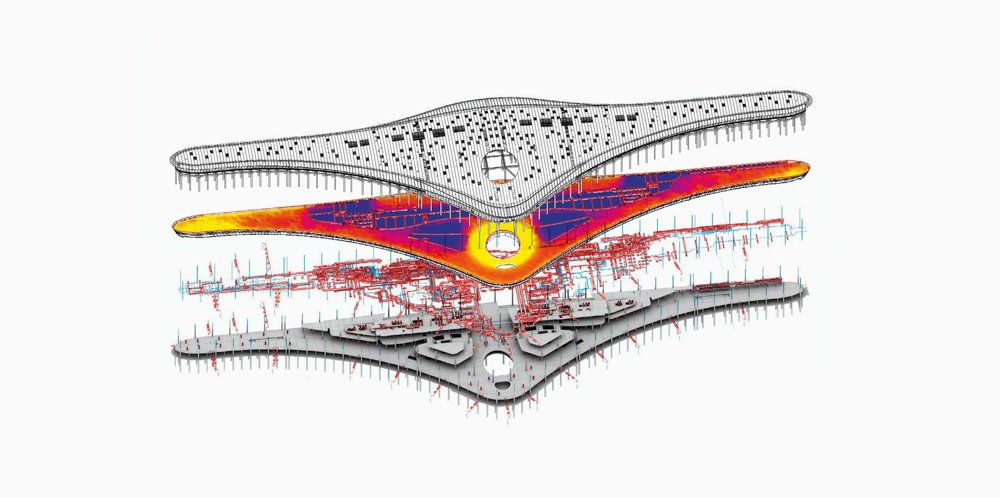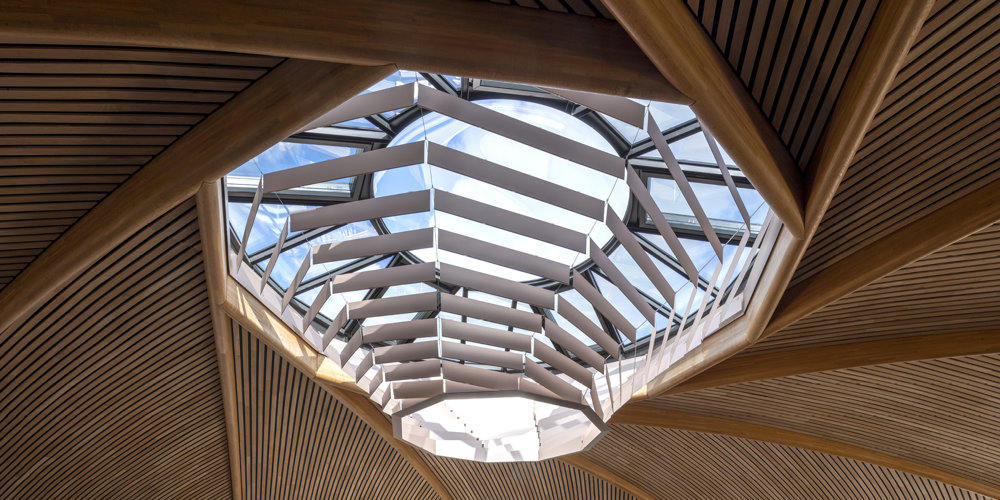Sustainability is a wide-ranging subject with many definitions. Addressing crucial concerns about climate change, we believe our projects must also encompass the health and wellbeing of our communities. This has been a central theme of our work for more than five decades. We work closely with our clients to develop bespoke design solutions that are optimised for their operations and the planet.
We have specialist in-house teams for carbon impact assessments, environmental analysis, materials research, landscape and workplace design, and environmental and structural engineering. Together with the design teams, they develop sustainable frameworks and identify environmental targets for a healthier world. We follow our projects through design and construction and can monitor the building performance while in-use.









